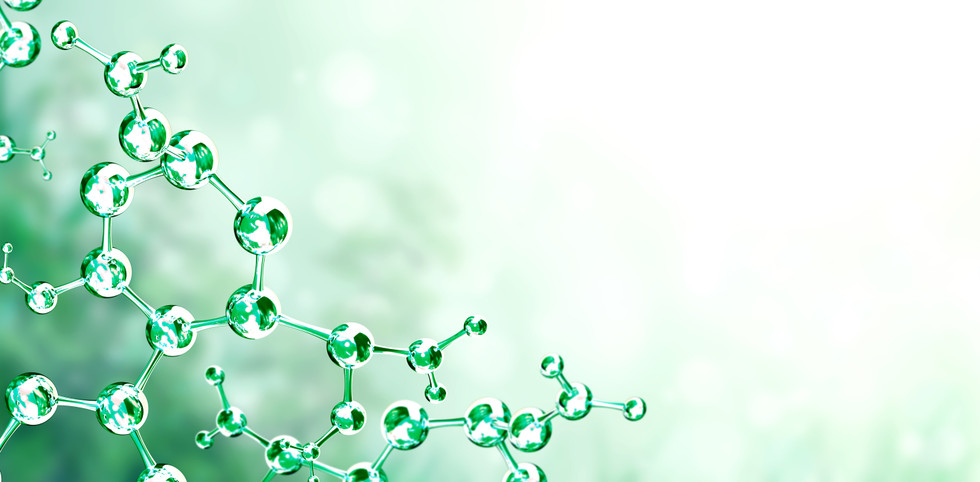Posted by 949 Chemical on Apr 24th 2025
Choosing the Best Chemicals for Mobile Phase in Chromatography
In chromatography, the mobile phase plays a critical role in determining the resolution, retention time, and accuracy of analytical results. Whether you're working in High-Performance Liquid Chromatography (HPLC), Ultra-High-Performance Liquid Chromatography (UHPLC), or Thin Layer Chromatography (TLC), using the right high-purity solvents and reagents is essential for consistent performance and reliable data.
Let’s break down the best mobile phase chemicals and what you need to know when sourcing them.
1. HPLC-Grade Solvents: The Gold Standard
The most commonly used chemicals for mobile phases in HPLC are:
-
Acetonitrile (HPLC grade)
A highly polar solvent with low UV absorbance, acetonitrile offers excellent resolution and short run times. It's ideal for reverse-phase chromatography. -
Methanol (HPLC grade)
A versatile organic modifier, methanol provides good miscibility with water and works well in both gradient and isocratic elution methods. -
Water (HPLC grade or Milli-Q)
Always use deionized and filtered water with minimal organic contamination. Proper water quality is critical for reproducibility and column longevity. -
Tetrahydrofuran (THF, HPLC grade)
Common in normal-phase chromatography, THF is a strong solvent but requires careful handling due to peroxide formation risks.
2. Buffering Agents for pH Control
In many methods, pH control is essential for analyte stability and separation. Common buffering agents include:
-
Phosphate buffers (e.g., KH₂PO₄, Na₂HPO₄) – Ideal for aqueous mobile phases due to excellent buffering capacity.
-
Ammonium acetate/formate – Frequently used in LC-MS applications for volatile buffering and minimal ion suppression.
-
Triethylamine (TEA) – Added in small amounts to reduce peak tailing in basic compounds.
Always choose buffer salts with LC or MS grade purity to avoid baseline noise and detector contamination.
3. Additives for Mass Spectrometry (LC-MS)
For LC-MS, purity is even more crucial. Look for LC-MS grade solvents and consider using additives like:
-
Formic acid (≥99%) – Enhances ionization and suppresses unwanted adducts in positive mode.
-
Acetic acid – Similar to formic acid but less volatile; often used for compatibility with certain analytes.
4. Tips for Selecting the Right Mobile Phase Chemicals
-
Always use HPLC or LC-MS grade solvents – Lower-grade solvents introduce noise, ghost peaks, and damage to columns or detectors.
-
Match the mobile phase to the column type – Reverse-phase columns require polar modifiers (methanol, acetonitrile), while normal-phase columns use non-polar solvents like hexane or THF.
-
Filter all solvents before use to remove particulates that can clog the system or damage sensitive components.
5. Where to Buy High-Quality Mobile Phase Chemicals
At 949 Chemical, we supply a wide range of certified HPLC, LC-MS, and analytical-grade solvents and reagents from trusted global manufacturers. Our chemicals come with Certificates of Analysis (CoAs), batch traceability, and technical support to ensure accuracy and performance.
Final Thoughts
Using the right mobile phase chemicals ensures reproducibility, cleaner baselines, longer column life, and more confident results. Whether you're setting up a new method or troubleshooting an existing one, investing in high-purity, reliable solvents and buffers makes all the difference.
Need help choosing the best chemicals for your chromatography workflow?
Contact our experts or browse our full chemical catalog to find the right solution for your lab.

